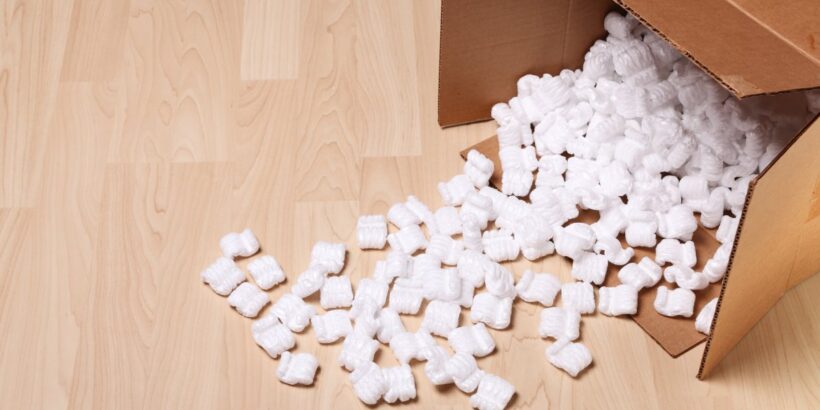Choosing the right void fill material can make the difference between a product arriving intact and dealing with costly returns and unhappy customers. Void fill serves as the protective barrier that prevents your items from shifting during transit, absorbing shock and maintaining the integrity of your packaging. Understanding the different types of void fill for packaging helps you select the most suitable material for your specific products, budget, and brand values.
Bubble Wrap: The Classic Cushioning Champion
Bubble wrap remains one of the most recognizable and effective void fill materials available. Its air-filled pockets create an excellent cushioning system that absorbs impact from all directions, making it ideal for fragile items like electronics, glassware, and artwork.
The material conforms easily to irregular shapes, providing comprehensive protection while remaining lightweight enough not to significantly increase shipping costs. Modern bubble wrap comes in various sizes and thicknesses, allowing you to customize protection levels based on your product’s fragility and shipping distance.
Packing Paper: The Sustainable Solution
The benefits of using paper as void fill in packaging extend far beyond its environmental advantages. This versatile material offers excellent protection for a wide range of products while maintaining cost-effectiveness for businesses of all sizes.
You can crumple packing paper to create soft cushioning for delicate items or layered flat to separate products within the same package. Its recyclable nature appeals to environmentally conscious consumers, and it’s particularly effective for filling larger voids in boxes containing multiple items.
Packing Peanuts: Maximum Space Utilization
Packing peanuts excel at filling irregular spaces and providing 360-degree protection around oddly shaped items. These small, lightweight pieces flow around products to eliminate empty spaces that could allow movement during shipping.
Available in both traditional polystyrene and biodegradable versions, packing peanuts offer flexibility in meeting different environmental requirements. They’re particularly valuable when shipping items with complex geometries or when you need to pack multiple items of varying sizes in a single container.
Foam Inserts: Precision Protection for Premium Products
Custom foam inserts represent the premium end of void fill solutions, offering unparalleled protection for high-value or extremely fragile items. You can precisely cut these inserts to match your product’s exact dimensions, creating a secure fit that eliminates all movement during transit.
While the initial investment is higher than other void fill options, foam inserts provide superior protection that can prevent costly damage claims. They’re commonly used for electronics, medical devices, and luxury goods where presentation and protection are equally important.
Air Pillows: Lightweight Efficiency
Air pillows combine excellent protective qualities with remarkable efficiency in storage and shipping costs. These inflatable cushions take up minimal space before use but expand to provide substantial protection when inflated.
They’re particularly effective for filling large voids in oversized boxes and offer consistent cushioning without the mess associated with loose-fill materials. Air pillows work exceptionally well for e-commerce businesses that need reliable protection while maintaining fast packing speeds.
The ideal void fill solution depends on your specific needs, including product fragility, environmental concerns, budget constraints, and shipping volumes. Consider testing the different types of void fill for packaging with your products to determine which provides the best balance of protection, cost-effectiveness, and customer satisfaction. Investing in the right void fill material today protects your products, reduces returns, and builds customer loyalty that drives long-term business success.
